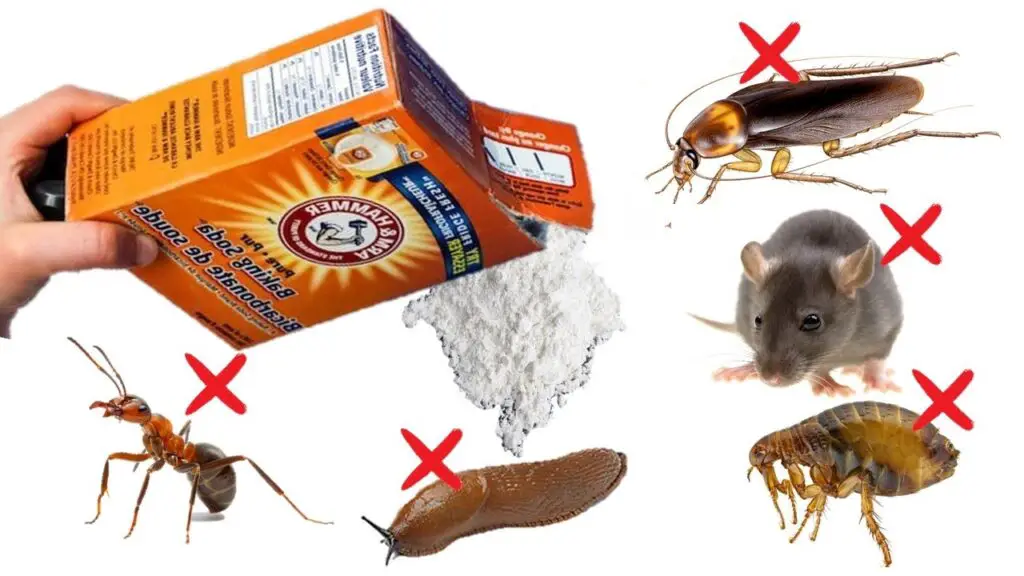It can sometimes feel as if you're waging a never-ending war against insects, rodents, and other pests.
Using pest killers like slug pellets, insecticides, rat poison, and more may actually seem like a backward step. For example, if you have pets or small children, you may worry about them accidentally ingesting the dangerous poisons.
So, are there natural yet effective ways to kill pests?
In fact, baking soda (sodium bicarbonate) is said to be very effective in killing and repelling all kinds of pests. Is there any truth to these rumors? Can you use baking soda to kill pets?
Let's find out.
Can You Use Baking Soda to Kill Insects and Pests?
Yes, you can use baking soda to kill insects and pests. It may seem strange to use a household item - one that we use in food, no less - for pest control in your home. However, baking soda really can work. Even if it doesn't actually kill the pests, it may work to keep them away.
However, you'll need to use the soda powder in different ways. For example, you can scatter neat baking soda on the ground, or mix it with water to make a baking soda solution.
First, you should make sure that you know the effect the mixture will have on your garden.
So, what pests can you use baking soda to kill or repel? How should you use it? Will it really work? Read on to find out.
How Can You Use Baking Soda on Pests?
To use baking powder in the most effective way as a means of pest control, you need to know how to apply it. After all, baking soda won't repel anything if you keep it locked away in your cupboard!
However, not every form is going to work. Pastes, homemade sprays, and sprinkles of baking powder all have their uses. You can use soda in the garden, in the house - anywhere you can think of. The trick is knowing where and when - and for which pests.
Cockroaches
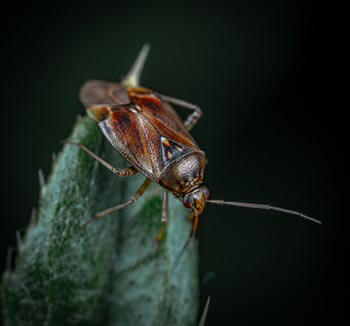
Baking soda can kill cockroaches - but first, you need to convince them to eat it. Cockroaches aren't attracted to the taste and smell of baking powder, so you may need to use a little sugar to make the mixture seem tastier.
Baking soda works when cockroaches eat it. The soda must be in powder form, otherwise, it won't work.
Combining baking soda with vinegar (some online information recommends this, but the vinegar will actually stop the baking soda from working), warm water, or putting it in food will make the soda virtually ineffective.
When cockroaches eat the raw powder, the soda reacts with water inside the cockroach's body. The baking soda expands, and because cockroaches have a firm exoskeleton, their bodies are crushed from the inside out.
Centipedes
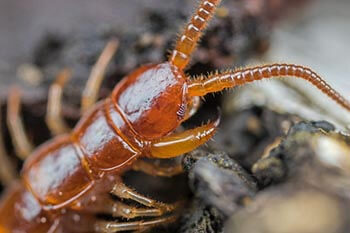
Baking soda won't get rid of the average centipedes on your kitchen floors, but if you have a problem with centipedes climbing up your drains, a baking soda rinse can help here.
This is because when you pour baking soda and vinegar down a drain, the expanding mixture produces CO2, which drowns the centipedes.
Start by pouring one cup of baking soda down the drain. Pour it slowly and thoroughly; the plan is to coat the inside of the drains as well as possible.
Next, pour around two cups of vinegar down the drain. This will mix the baking soda and vinegar together, causing a bubbling reaction and pushing the mixture further down the drain.
You might need to do several baking soda and vinegar rinses to kill your centipede problem.
Snails and Slugs
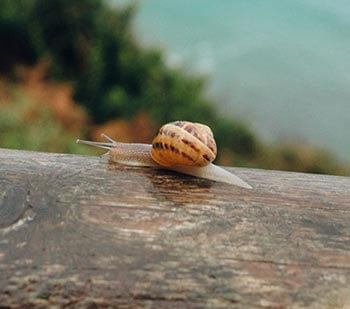
Just like vinegar or salt, you can sprinkle baking soda in the garden on snails and slugs to kill them.
However, this can be a nasty death for the slug or snail, as the baking soda sticks to their mucusy skin and slowly dehydrates them.
It's more humane to use as much as possible, to kill the creature quickly.
You can sprinkle baking soda lightly onto the soil around your garden to kill any snails or slugs. This will also help to deter any future slimy invaders.
Focus on areas where you've seen snails and slugs, or where you're likely to see them: a compost pile, tomato plants, and other areas are all very tempting to a snail or slug.
Ants
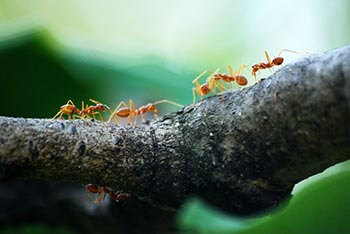
Baking soda will kill ants. If ants eat the soda, it reacts with the water and acid in the ant's body and expands, just like the cockroach reaction. This dehydrates the ant and kills it.
Again, you need to convince the ants to eat the baking soda. You can do this by mixing baking soda and sugar, then the worker ants bring the mixture back to the colony.
Mice and Rats
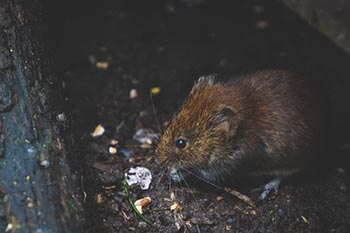
Baking soda will kill mice and rats. This is because rats aren't able to expel any buildup of gas in their system. When ingested, baking soda expands and causes a buildup of gas in the body of a mouse or rat. Eventually, this buildup will be fatal.
For this to work, you'll need to create a mixture to tempt the rodents.
Mix two-thirds of a cup of baking soda, two-thirds of a cup of sugar, and two-thirds of a cup of flour together. You can adjust these measurements depending on how much you need.
Once the baking soda, sugar, and flour are mixed, add a little warm water. Don't let the mixture get too runny, as you should be able to form the paste into balls.
Leave the baking soda balls around where mice or rats might find them and eat them.
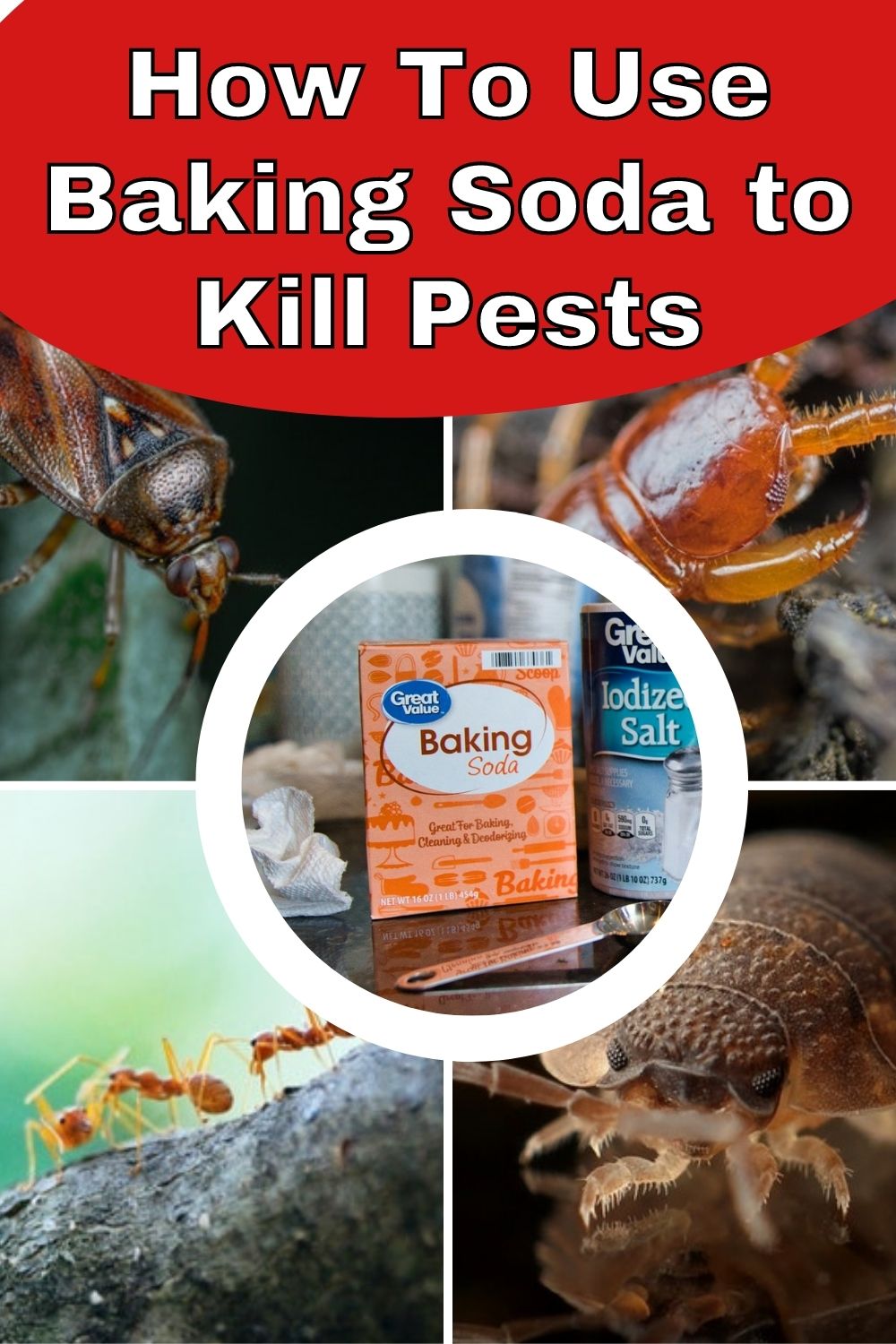
Fleas
You can use a mixture of baking soda and salt to kill fleas. However, you will need fresh baking soda - not the old packet that's been open and sitting in your cupboard for a while. The baking soda and salt dehydrate the fleas, eventually killing them, and it also dehydrates the flea eggs.
Mix equal parts salt and baking soda, and sprinkle it liberally on your carpets, rugs, and other soft furnishing areas, and use a brush or broom to thoroughly work the mixture into your carpets.
Leave the mixture overnight, and vacuum it up in the morning. Be sure to vacuum all the nooks and crannies in your home, and always empty the filter in the outside trash, so that any surviving fleas can't make their way back in.
You can also use baking soda and water to kill fleas on your pets. Mix one and a half cups of water with one teaspoon of baking soda, and work the mixture into your pet's wet fur - but not on their face! Let the mixture sit for a minute, then rinse thoroughly.
Bedbugs
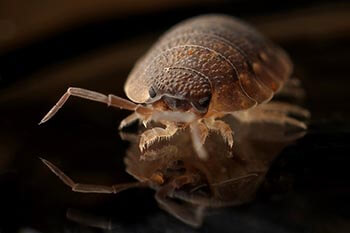
Putting baking soda in your home can also kill bed bugs. It creates the same dehydrating effect that we see in other insects, and some of the baking soda grains can break inside the insect, causing internal bleeding.
Mix baking soda and water into a paste, and spread this paste over the most common hiding places for bed bugs on a person's bed and surrounding areas (you may want to sleep somewhere else while this is going on!). During the night, the bed bugs will come out to look for a meal and come into contact with the baking soda paste. Then, hopefully, they'll die.
This mixture will dry out, so you'll need to vacuum away the old paste and put on some fresh paste.
It's worth noting that while baking soda can be extremely helpful in dealing with bed bugs, you may have to resort to stronger methods if you have an infestation.
Baking Soda FAQs
Let's briefly discuss a few commonly asked questions about using baking soda in your house and garden.
Is Baking Soda Toxic?
Let's be clear - baking soda is technically toxic, but only in large amounts.
Baking soda is a common ingredient in lots of food, particularly in home baking, and that's fine. Too much baking soda can start to dehydrate the body, the way it does in smaller insects like cockroaches, ants, and fleas.
Can Baking Soda Be Used To Kill Anything Else In The Home?
Yes - baking soda is a fungicide as well as an insecticide and can be used to treat powdery mildew, a plant fungi. Sprinkling baking soda on the base of your plants will prevent powdery mildew from forming, and stop roaches and ants from climbing your plants. A combination of water and a teaspoon of baking soda in a spray bottle is all you need. You can add a drop of liquid dish soap to the mixture to help it stick. Spray the baking soda mixture over the plant, and let it dry. Reapply until the fungal infection has gone.
Does Baking Soda Damage Plants?
You should be careful when using sodium bicarbonate around plants, as it can seep into the soil and inhibit plant growth. However, a baking soda spray can actually help to combat fungal infections in plants.
A sprinkle of baking soda around your tomato plants (or any other plant targeted by insects) should do no real trouble to your plants. However, you should make sure you aren't accidentally killing beneficial insects.
Should You Use Baking Soda In the House?
Baking soda is a handy, multipurpose cleaner. It's something that most of us have hanging around the house, and it can be easily used to kill and repel various pests.
Also, it's natural, effective, and doesn't smell bad - unlike some other home remedies, like vinegar. It's also less dangerous to health than many commercial chemical remedies.
Should You Sprinkle Baking Soda In the Garden?
Once again, baking soda is a handy product that most of us have on hand. It can work to repel insects in the garden without resorting to pesticides or other powerful, dangerous chemicals. Also, a spray can help to keep plants healthy and to repel fungal infections.
The Bottom Line
Many of us prefer natural, homemade solutions that aren't packed with chemicals. Dealing with pests and insects is never pleasant, but neither is using a commercial treatment that seems to kill everything around it as well as the pests.
Especially if you're dealing with pests around fragile plants, or in your home around your children and pets, you likely don't want to use a dangerous chemical, and a spray bottle of baking powder can seem like a much safer option.
Sodium bicarbonate is a cheap, accessible, natural remedy. It's incredibly versatile - you can use soda to bake a delicious tray of muffins, or you can use it to kill a cockroach! You can use it in the home, in the garden - just about anywhere you can think of.

